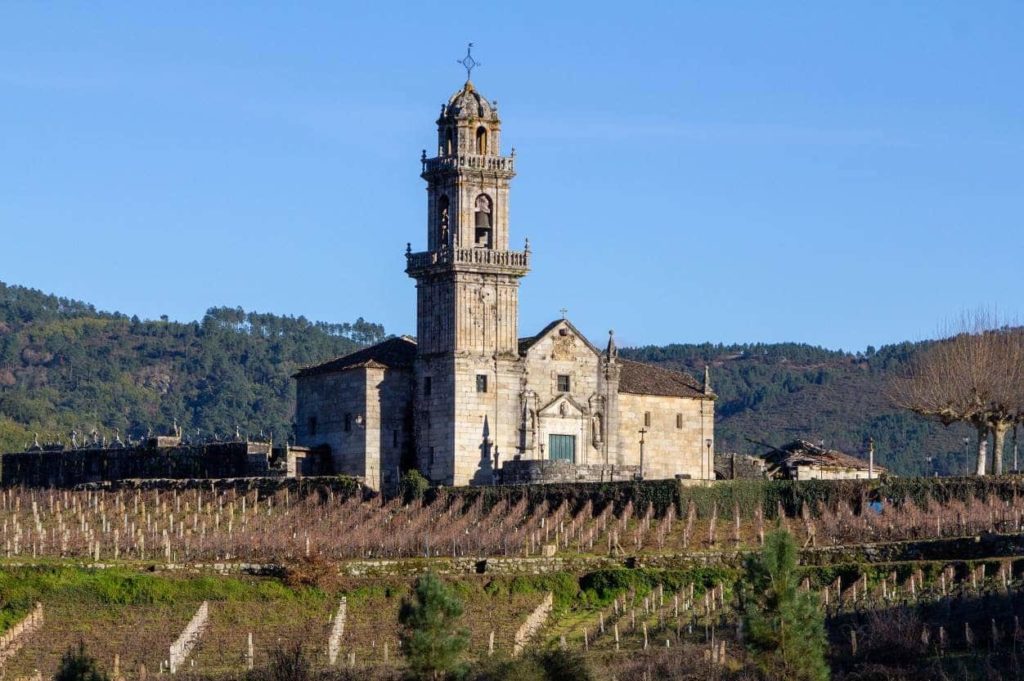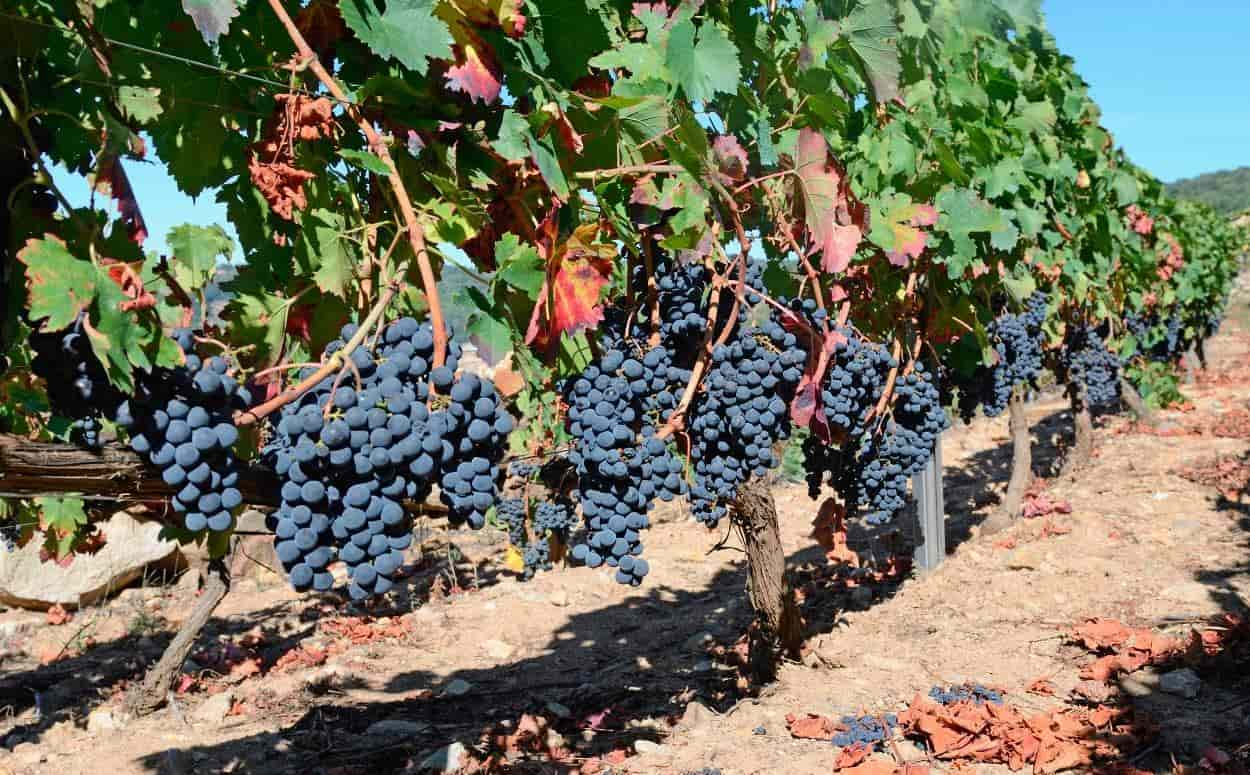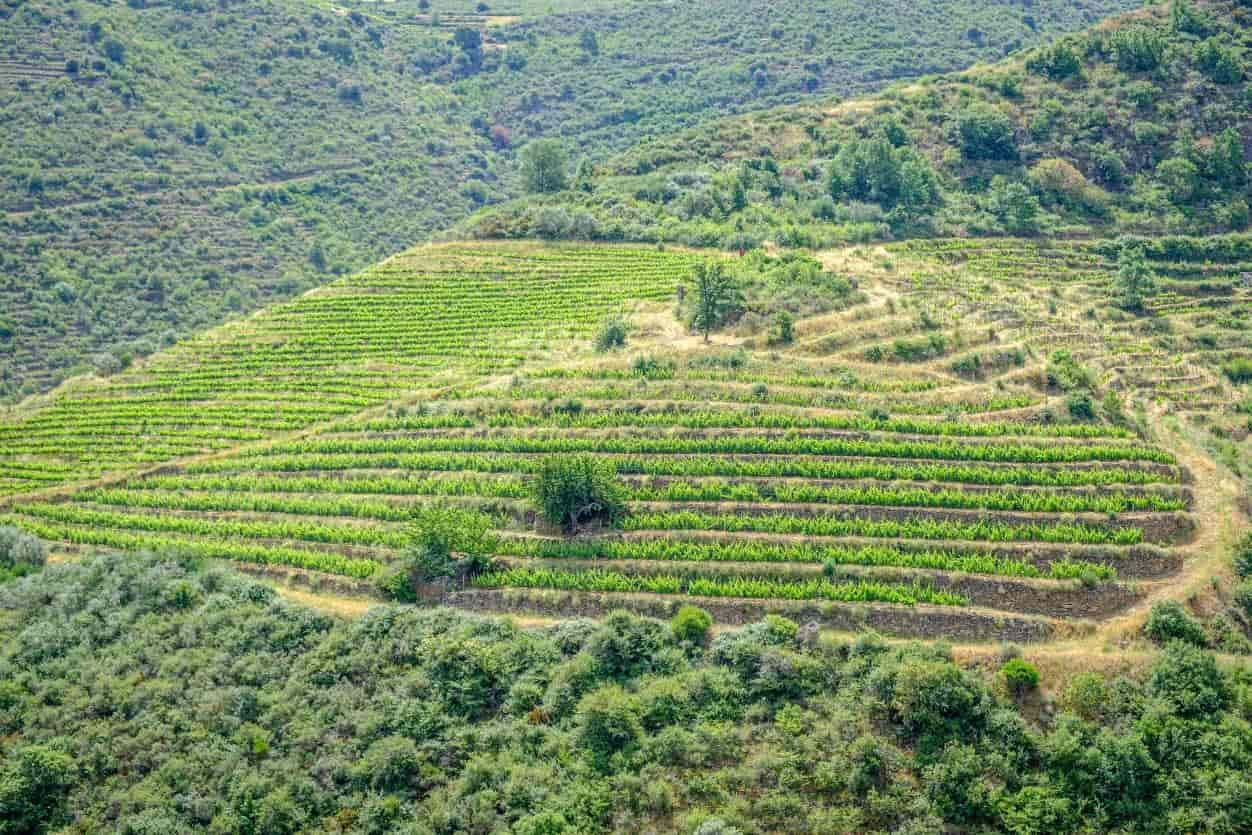
An insight into Spanish wine regions: Ribeiro

Remote in the corner of northern Spain, Galicia is the country’s most significant source of fine white wines. Its most iconic vineyard, Rías Baixas, is a major producer of delightfully crisp Albariño. If you head further east, inland toward the city of Ourense, you’ll discover another of Galicia’s white wine regions.
Ribeiro can be found just up the Miño River from Rías Baixas – the Romans were the first civilization to take advantage of the favourable soils and climate in the region. In the fifth century, conquering Barbarians destroyed most of the vines in the region. However, in the Middle Ages, sweet wine gained popularity again. Under the careful stewardship of Cistercian monks, Ribeiro shipped Vinos Tostadas to England. The region took another hit in the mid-20th century; economic decline nearly killed off this lucrative trade, and vineyards were abandoned all over this corner of Spain.
Today, thanks to the pioneering work of Francisco Perez and winemaker José Manuel Martínez. The region has made tremendous progress; now produces a modest output of white Ribeiro wine with some red and rose styles. However, despite this, much of Galicia still has a medieval quality, with oxen and horses used to plough some of Ribeiro’s vineyards.
Click on a link to jump to that section:
Geography and terroir
Increasing numbers of visitors are discovering the deep green landscapes of Ribeiro. The region sits in southern Galicia, between Rías Baixas (to the west) and Ribeira Sacra to the east. The vineyards surround a confluence with the Miño, where three other rivers – the Barbatino, Avia, and Arnoia – converge on the town of Ribadavia. Altitude and aspect can vary significantly: vineyards are situated on both the valley floor and higher up on steep terraces that cling to the riverbanks. The Riberio DO appellation, created in 1957, has long been celebrated for its superior terroir. Deep metamorphic soils contain large amounts of free-draining gravel, which also helps to warm the vine canopy by reflecting sunlight. Moreover, the region enjoys over 1900 hours of sunshine per annum.
There are other advantages to growing vines in Ribeiro. Galicia is renowned for its inclement climate; annual rainfall in certain parts of the region reaches over 71 inches. The Atlantic Ocean, hills, wind, and plentiful rain define viticultural life in northwest Spain. However, Ribeiro is protected from the worst ravages of the Atlantic storms by the ridges of the Sierra del Suido. This warmer and drier microclimate, combined with the benefits of diurnal temperature variation, yields wines packed full of ripe acidity and boundless flavour. It is one of the reasons why consumers find Galician white and red wines utterly irresistible and very food friendly.
Key grape varieties of Ribeiro
White grape varieties
- Treixadura – this native grape variety thrives in the warmer climate of Ribeiro, producing fragrant wines often blended with the signature Galician grape Albariño. However, growing can be challenging, as Treixadura is susceptible to Peronospora and oidium in wet vintages.
- Torrontes – a small volume of Torrontes is planted in Ribeiro, used to make fresh and floral wines that offer a razor-sharp bouquet of rose petals, and grapefruit.
- Godello – the magnificent Godello shares much in common with Chardonnay: both varieties are malleable and respond well to oak fermentation and/or maturation. Ribeiro offers an excellent interpretation of the grape, noted for its citrus and tropical fruit.
- Loureiro – a popular component in Portugal’s Vinho Verde, Loureiro delivers racy wines of real finesse in Ribeiro. The variety’s signature bouquet of orange and acacia blossom blends well with Albarino’s citrus and stone fruit profile.
- Albariño – the thick-skinned Albarino is Galicia’s most planted white grape today. It has citrus and tree fruit tasting notes with aromas of white flowers. Fantastically pungent and always refreshing, Albariño now has a sizeable following globally.

Red grape varieties
- Mencia – thanks to the winemaking pioneers, Mencia has a cachet outside of Spain. It produces elegant, perfumed reds with silky tannins reminiscent of Pinot Noir.
- Caiño Tinto – this temperamental grape causes no end of challenges in the vineyard, not least because it is very susceptible to mildew and rot. Yet the wines can be magnificent, with savoury tannins and inky black fruit.
- Tempranillo – the grape that needs little introduction – is Spain’s most famous red grape and a global icon. It yields medium-bodied wines of ample acidity in the vineyards of Ribeiro.
- Garnacha Tinta – Grenache Noir (the French translation) is back in vogue in the vineyards of Spain. Ribeiro’s interpretations have little in common with the voluptuous wines made in Spain’s hotter climates; the local Grenache offers crisp acidity, fruit and zest.
Wine production and styles in Ribeiro
With some notable exceptions, this is white wine country. Historically, Palomino and Alicante Bouschet were cultivated after the Phylloxera louse destroyed many native varieties in the late 1800s. Fortunately, they have been replaced by more suitable local varieties such as Albariño and Loureiro.
The viticulture in Ribeiro is small-scale. Although there are several cooperatives in the zone, family-owned businesses largely dominate production. Some of the best wineries make less than a few hundred cases a year. These passionate men and women continue to make some of Galicia’s finest white wines, ranging from zesty Albariño to full-bodied, barrel-fermented Godello.
Yet, although Ribeiro’s red wines are dwarfed – both in terms of volume and renown – by their white counterparts, they are still worth tasting. Mencia is arguably responsible for the finest red Galician wine. Vines growing on steep slate terraces over the Minho River yield a fruity, aromatic, and uniquely refreshing style of red. Excellent Ribeiro wine is also made from the Tempranillo, Caiño Tinto, and Garnacha Tinta grape varieties. Although there are variances due to the terroir and winemaking, many of the appellation’s finest bottles offer grippy tannins, moderate alcohol, and seductively-scented fruit.

Another speciality of the Riberio region is the production of Tostado wine. Vino Tostado winemaking dates back to the Middle Ages. Grape bunches are allowed to dry in the sun, desiccating the berries and concentrating their sugars. This syrupy nectar is then transformed into exquisite dessert wine via several years of barrel ageing—the result: a luxurious concoction of honey, figs, and caramel. Unfortunately, export has dwindled over time.
Enjoying Ribeiro wine
In recent years lighter, refreshing, and crisp wines have attracted more attention – to the benefit of Galician producers. Consumers are increasingly seeking affordable wines that pair well with food and would not go far wrong by choosing one from Ribeiro. A world of diversity is waiting to be discovered in Ribeiro, with a wine style for every context and gastronomic occasion. Young and unoaked whites can play several roles: a perfect sundowner, an accompaniment to fresh white fish; try switching out the Sauvignon Blanc for a change. Fuller, richer white and red wines, meanwhile, can handle almost anything, from salt-baked turbot to roast duck.
What to read next
An insight into Spanish wine regions: Rías Baixas
An insight into Spanish wine regions: Terra Alta
An insight into Spanish wine regions: Penedès




